Arguments, tension and a huge team effort: the inside story of racing's return
Lee Mottershead speaks to the major players who brought racing back first
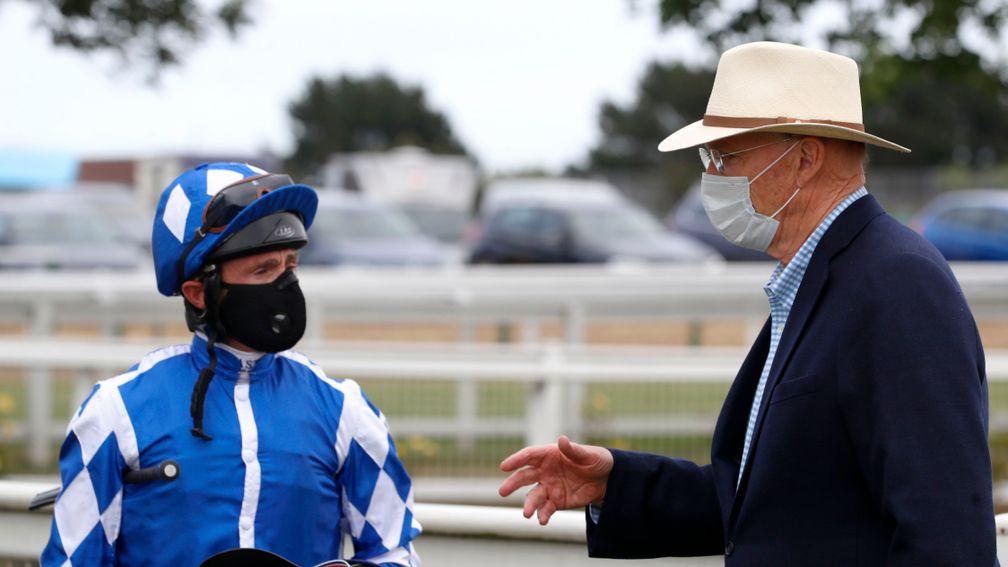
The undoubted highlight of the 2020 Grand National weights launch was a memorable performance of Imagine by The Liverpool Signing Choir. Nobody then imagined the Grand National would not take place, but the event did feature conversations about the reason it did not.
It was Tuesday, February 11. The coronavirus was already a thing but in Britain not a big thing. The majority of chat in Liverpool centred on Tiger Roll. There were, however, other topics up for discussion over the apple sorbet.
"There was mention of the coronavirus during conversations at the lunch," recalls Levy Board chief executive Alan Delmonte. It was also mentioned a few hours later in Doncaster racecourse's Hilton Garden Inn, following the second day of the Racecourse Association's Medical, Veterinary, Racing and Turf Management Conference. This time there was more substance to the conversation.
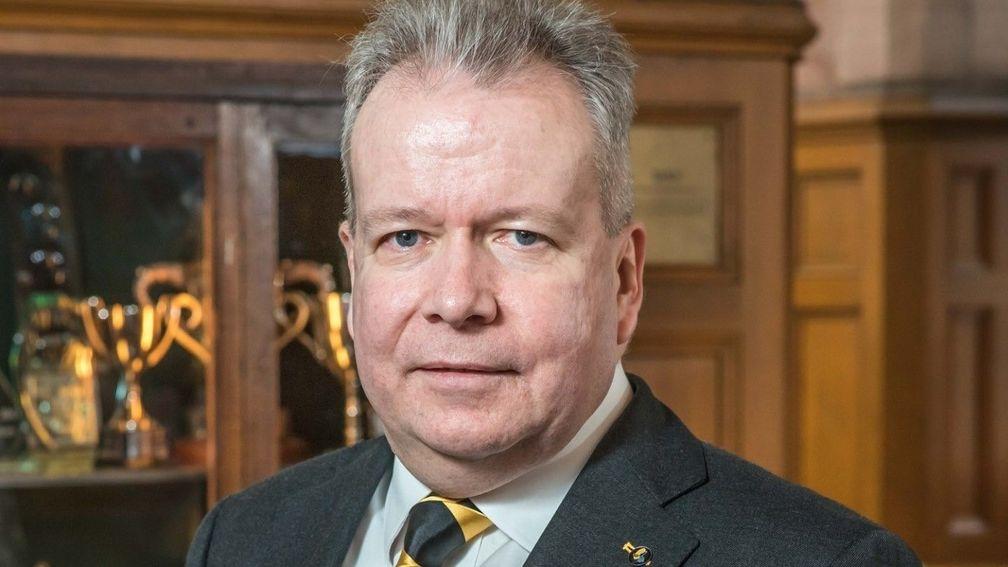
"It's probably not the most exciting occasion in the racing calendar but it's important for us," says RCA chief executive David Armstrong.
"I had never previously met our medical officer, Iain McNeil, but he asked to see me for a drink before dinner. He laid out what I thought was a nuclear scenario about Covid-19. It turns out he was spot on. I contacted Nick Rust and suggested he clear his diary."
McNeil was joined at Doncaster by one of the BHA supremo's colleagues, chief medical adviser Dr Jerry Hill. They wanted to move the virus on to British racing's radar.
"We decided this was something we had to flag up to the industry," says Hill, adding: "As doctors, we often think 'what's the worst thing that can happen in a situation and how can we plan for it?'"
Here was how. A Covid-19 group was formed, briefly under Armstrong's chairmanship prior to Rust taking control. At the same time the Levy Board named the coronavirus as "a significant risk" in its internal forecasting papers prior to the body's February 26 board meeting. The virus was now a hot topic in racing. Then came Cheltenham.
On the Monday of festival week a Whitehall meeting with sports governing bodies, led by Department for Digital, Culture, Media and Sport head of sport Anna Deignan, concluded there was "no rationale" for cancelling sporting events. The prime minister then spoke in Downing Street late on Stayers' Hurdle afternoon. He failed to mention Paisley Park's defeat but did stress scientific advice suggested stopping mass gatherings would do little to halt transmission of the disease. That was Thursday. Friday was different.
"Prior to the festival we were encouraged to follow the government's advice, keep calm and carry on," says Rust. "Fortunately or unfortunately, the mood of the government clearly changed during the week in which the festival took place."
Even so, at Cheltenham the new normal was still some way off. "I don't think we had even heard of social distancing then," says Armstrong. "For one of our Covid meetings we were all squeezed together in a tiny little BHA hut at the back of the Cheltenham weighing room, with Jerry Hill crammed into the corner of the room."
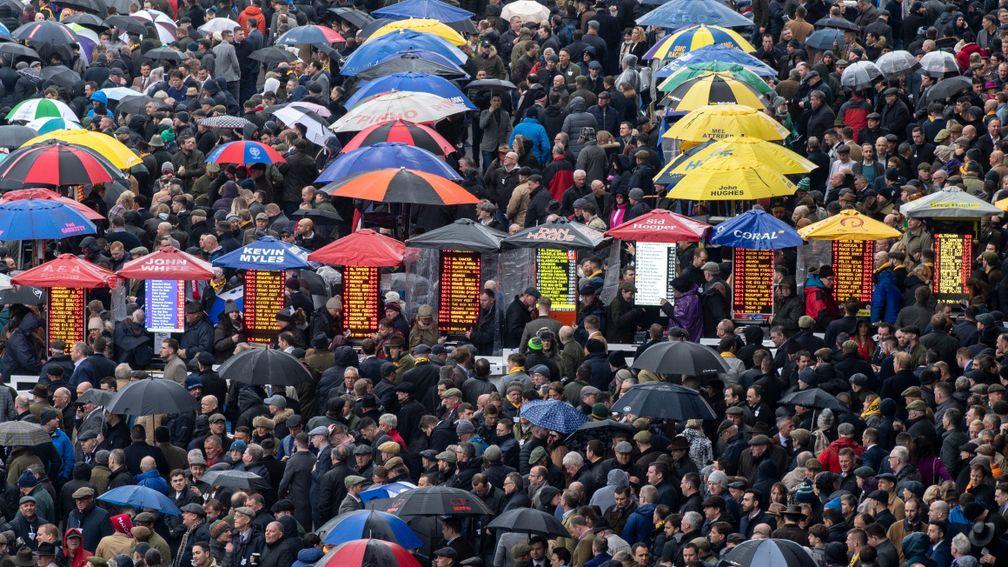
Delmonte was in Cheltenham for Gold Cup day but not at the racecourse. Instead, he stayed in the house he and friends were renting for the week and drew up plans for how prize-money would be funded the following week if meetings had to be held behind closed doors.
On Monday, March 16 – when Kelso's meeting was staged without spectators due to advice from the Scottish government – the BHA decided all racing from the Tuesday onwards would be conducted in front of empty grandstands. On that Tuesday it moved again, this time suspending the sport until at least the end of April.
"Iain and I advised that we couldn't support racing continuing," says Hill. "It would have been very difficult for us professionally if they hadn't followed the advice, but they did."
Key to the decision had been Johnson's Monday statement, announcing the NHS would no longer support mass gatherings.
"From our point of view, that was a complete game-changer," says BHA head of public affairs Ross Hamilton. Like most in the sport, Armstrong agreed the game had to change.
"Racing was never actually told by government it had to stop, but when Boris Johnson made his speech we knew we were finished," he says.
"When we first shut down, the feeling was: 'Are we ever going to start again?' You go through a doom and gloom phase when you're almost in shock about what is happening."
Rust was also in shock, yet he knew there was no sensible alternative.
He says: "One of the benefits we felt would come from stopping when we did was it might put us in a stronger position to return earlier than if we soldiered on and were then told to stop. Nobody knows if that judgement call was right, except that we did return racing on the earliest possible day sport was allowed to come back."
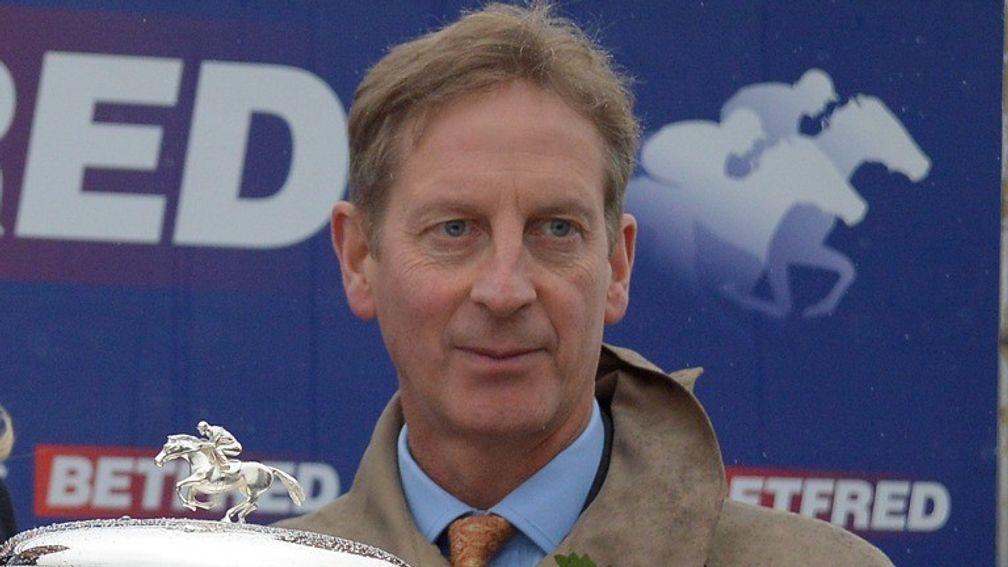
Another Johnson address sparked further fears on March 23. National Trainers Federation chief executive Rupert Arnold was at home in Yorkshire. He watched with increasing alarm as the prime minister placed the country in lockdown, informing the nation we had to stay at home and only travel for essential reasons.
"I felt a sense of uncertainty about what it meant for racing yards," says Arnold. "Could horses go out on the gallops? Were stable employees going to be classified as essential workers? We took a decision to be positive and sent an email that night telling trainers they had to keep going."
The advice proved good, thanks in no small part to the intensive lobbying with government carried out by Hamilton and his public affairs team. A few days later the vast majority of BHA staff were furloughed. Rust informed colleagues of what was happening on Friday, March 27. It was his last major act as BHA chief executive until well into April. He was about to gain a clear personal insight into what Covid-19 could do.
"I'm certain it was the coronavirus," he says of the illness that sidelined him.
"I had a constant headache, a temperature and for a few days a fever as well. The feeling of exhaustion was really tough. Given how many Covid workstreams were going on I was minded to try to continue but for about a week I simply had to lie down. I was struggling to concentrate on reading anything and I probably lost about a stone in weight across that week.
"I decided to return to work the Monday before Easter but it was a false start. On the Wednesday of that week I took part in a one-hour meeting on Zoom and slept for four hours afterwards. It was only at the end of Easter weekend I was recovered."
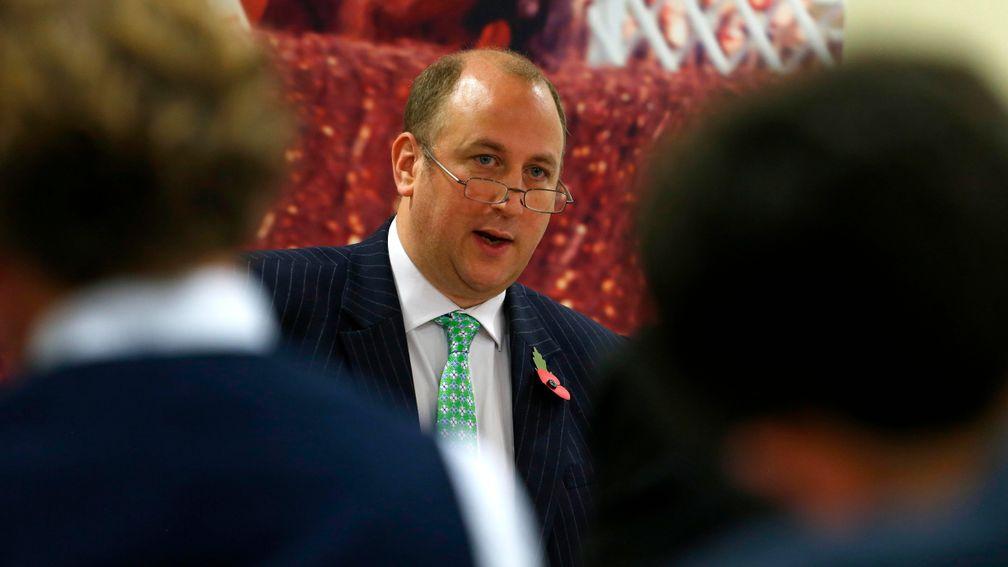
Prior to Rust's absence an industry-wide resumption of racing group had met for the first time under the leadership of BHA chief regulatory officer Brant Dunshea, who, like Rust, had been a prominent figure in the organisation's handling of the 2019 equine flu crisis. An aspirational return date of May 1 was identified, while the group's opening weeks focused on an idea for the sport to be revived in quarantine hubs, including at Lingfield and Newcastle, where participants would live in racecourse hotels.
"From a funding angle the quarantine idea was broadly doable," says Levy Board operations manager Tom Byrne. "It fell down on the logistics side. It might have given us an extra two or three weeks but it became clear what we now know as behind-closed-doors racing was preferable."
A small number of horsemen felt something else was also preferable. Rust is due to leave the BHA later this year. His fiercest critics wanted him gone there and then. Private emails were sent by trainers Mark Johnston and Ralph Beckett – a member of the resumption group – to BHA chair Annamarie Phelps. A Sunday Telegraph story on April 25 quoted excerpts from the leaked emails, in which the trainers mounted personal attacks on Rust. Phelps and the BHA board stood squarely behind their man.
"What impressed me throughout this crisis was Nick's ability to pull everything together," says Professional Jockeys Association chairman Nigel Payne. "I think his BHA team has been magnificent, working clearly and concisely with other members of the industry. For that reason, it saddens me greatly that certain trainers have been so personally critical of Nick."
News of the emails failed to start an uprising and seemed unreflective of the general mood among racing's constituents. That said, not all industry meetings these last few months have been peaceful.
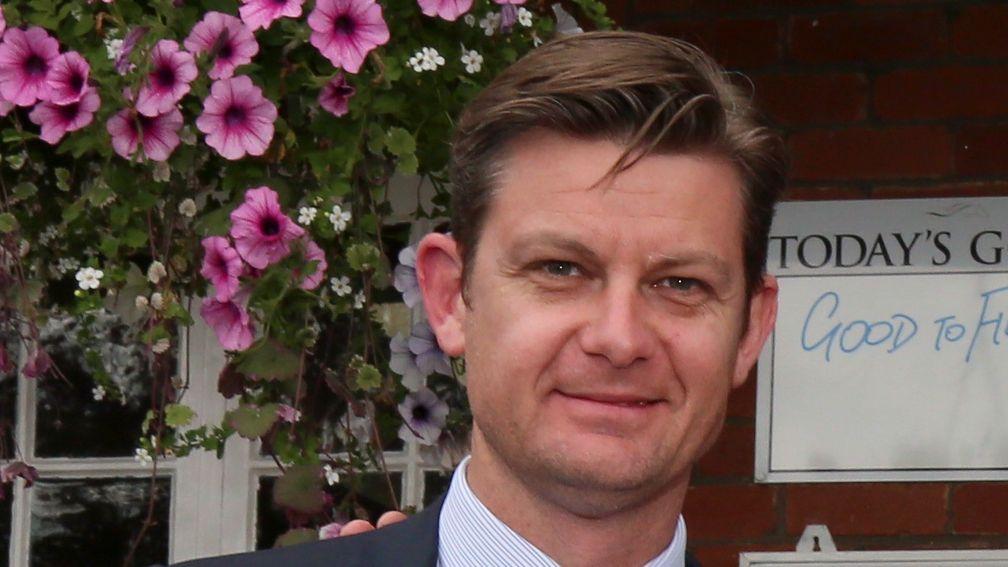
"It's a shame I can't repeat exactly every comment people have made about others," says one insider, adding: "Some of the comments really were absolute classics."
For his part, and using the most diplomatic language, Dunshea observes: "I wouldn't say the meetings have been heated but at times they have been appropriately challenging."
Prior to one Zoom call Dunshea reminded attendees of the need for confidentiality after a further newspaper leak, while he also refutes one of the main arguments levelled against the BHA, namely that it could have been more decisive with government in stating when it wanted racing to resume.
Highlighting legislation implemented during lockdown, Dunshea says: "We took legal advice that made clear we needed government support to return. Some might have felt there were potential loopholes, but the advice we received told us strongly that in the context in which the regulations were drafted any suggestion of starting without government support would be quickly met with a negative response and, furthermore, we would likely be shut down by government."
Backing up that view, Racehorse Owners Association chief executive Charlie Liverton says: "The industry took legal advice about whether racing could resume without getting requisite comfort from government and it was quite clear racing would have been taking an illegal stance. It simply wasn't possible."
On May 11, the first desired point of return already passed, it was announced that it also wasn't possible to return before June 1, the date set by government for a return of sport behind closed doors, assuming the spread of the virus was under control.
Of vital importance from that point, and indeed beforehand, was BHA interaction with government and Westminster, where MPs Laurence Robertson and Conor McGinn, joint-chairs of the All-Party Parliamentary Racing and Bloodstock Industries Group, were valuable assets.
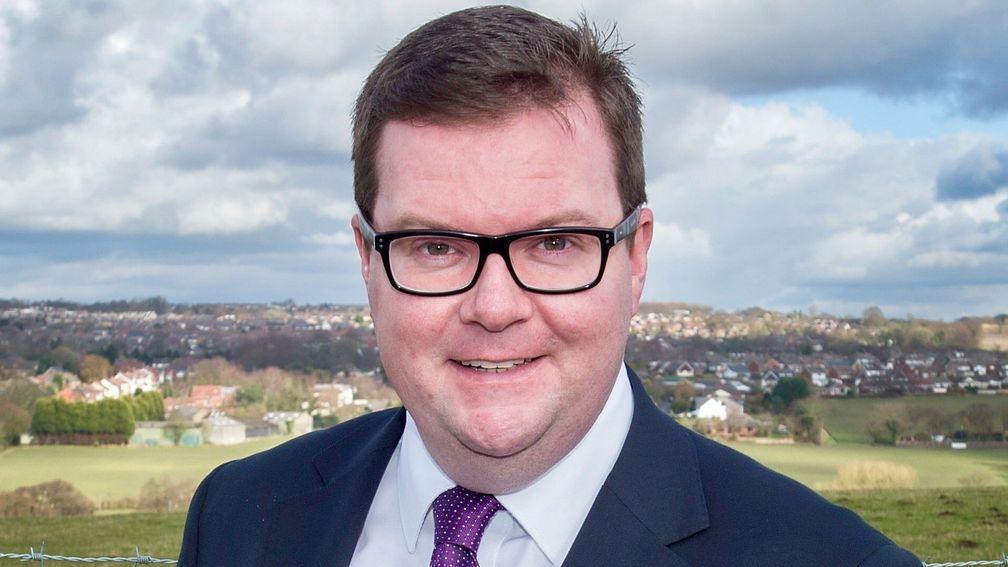
"I regularly spoke to people across racing and fed in their views to government and to Labour's shadow sports minister," says McGinn, now himself a shadow spokesman but then an Opposition backbencher.
"The sports minister, Nigel Huddleston, has done a really good job," reveals McGinn.
"I know Nigel was hugely impressed racing didn't simply go to him asking for a restart in a speculative, hypothetical way, but rather that the BHA, racecourses and horsemen had a plan that had been painstakingly worked out.
"I don't think it was an accident racing came back first. However, it would have been an absolute disaster if racing had tried to tell government when it planned to come back. Sports don't get to tell governments what to do."
Asked if Huddleston is a racing fan, McGinn adds: "Well, he is now."
Central to the BHA blueprint was the work of Hill. Shortly after racing's shutdown, Hill had been contacted by Nick Peirce, his counterpart at the England and Wales Cricket Board. Medics from other sports then joined them to plot the route to safe resumptions.
"I don't know how, but DCMS became aware we were around and asked us to join a DCMS committee," says Hill. "The Premier League was initially doing its own thing but then joined us, which was useful as it has a lot of resources and influence. We were able to talk with one voice. If all sports had tried to talk to DCMS individually, DCMS just wouldn't have had the bandwidth to listen."
As last week matured, racing professionals and fans were waiting to hear good news from government. Of paramount importance to triggering the June 1 comeback was official approval of medical protocols. Fortunately for racing, Hill played a major role in constructing them.
"Jerry's involvement with the group of medical advisers has been pivotal to our ability to resume as quickly as we have," says Dunshea.
"In effect, that group was able to do the policy work for government. As Jerry was one of those medics, it meant we were well positioned to understand the principles and thinking that had to be followed, which, in turn, meant we were well prepared for our resumption."
Hill adds: "For racing, stage three of the government's framework, resuming domestic sport behind closed doors, was key. That was the stage for which I took responsibility for writing the first draft, partly to make sure the protocols I thought were appropriate for racing were included within the broader guidance."
Last Thursday it became obvious the protocols were perfectly appropriate. During a weekly call between DCMS and sports leaders, a senior departmental official congratulated the BHA on racing becoming the first sport to return.
"We were very confident," says Arnold. "We felt it was going to come but weren't able to say so publicly. That was partly because you never really know. There was always a chance the government could have lost its nerve at the last moment."
It did not. Culture Secretary Oliver Dowden revealed in Saturday's Downing Street briefing that racing would be "first out of the gates". The gates duly opened at Newcastle on Monday.
"The outcome is a massive achievement for the sport," says Arnold, while PJA chief executive Paul Struthers argues: "You are always going to have bumps in the road but I think racing as a whole can be very proud of how it responded to this crisis."
In similar vein, Levy Board chief Delmonte – whose organisation, along with the Racing Foundation, had agreed a crucial £22 million support package for racing in April – says: "Over the last two and a half months there have certainly been moments of tension. There have been arguments and bad tempers. I'm sure some things have been said that people wouldn't necessarily want to be a feature of common life but there has been a real sense of unified purpose.
"Although it's silly to talk about this as a positive experience, it has shown the things that divide us are relatively immaterial when you come up against a genuinely massive challenge."
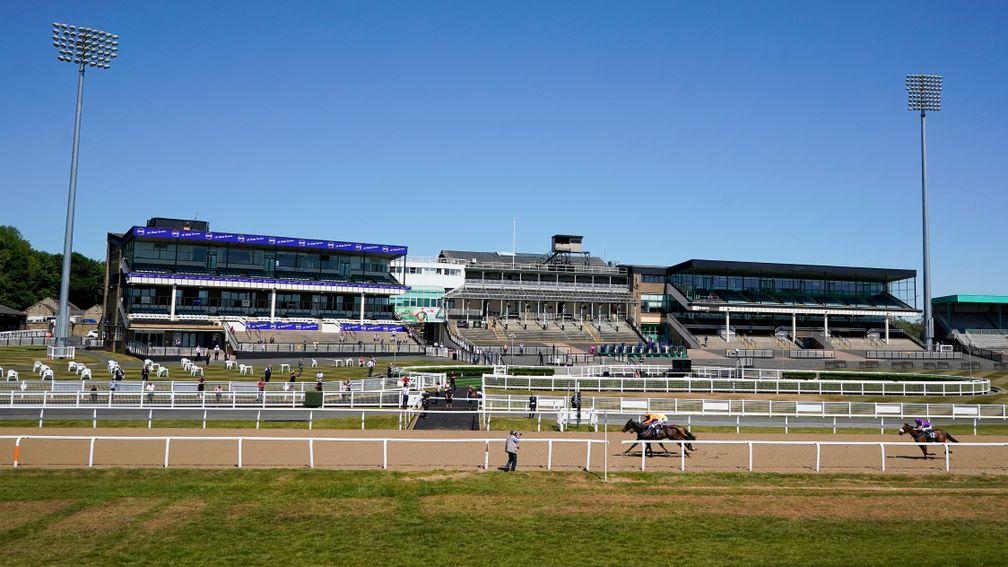
The political analysis is equally upbeat.
"The key relationship was between the BHA and DCMS," says McGinn. "That was where the work was done and the detailed planning took place. The primary reason we have racing back this week is because of the efforts and work of the BHA, supported by the sport's component parts, going to government with that clear, detailed plan.
"I know this sounds saccharine, but this was fundamentally about responsibility, duty and pulling together. Sometimes in racing we can go down a cul-de-sac of 'he said, she said', but what this proves is, for all the ups and downs of the last ten weeks, when racing pulls together it works well and that work is recognised by government."
So far, then, so good. British racing is back and has beaten its sporting opponents to the winning post.
"Over 25 years in racing I've never worked like this – it has been exhausting," admits Dunshea. His medical friend agrees.
"Brant and I had a perverse competition about who could send the earliest email," says Hill. "He pipped me by sending one at 4.30am. So many people have put in stacks and stacks of work. It has been a fantastic team effort."
If you enjoyed this you might like the following pieces by Lee Mottershead:
Frankie Dettori: 'All I wanted to do was finish my day, get in the shower and punch the wall'
Lester Piggott: 'It's nice to be popular. It's better than having stones thrown at me, anyway.'
The night Ryan Moore rode his first ever winner – in a Towcester handicap hurdle
Bribery, chaos, swimming horses and a box of sausages – racing at its wackiest
'I say it as it is' – a fascinating interview with the incredible Gai Waterhouse
How British racing is actually run (and why it sometimes doesn't work)
The Racing Post newspaper is back in shops! With extensive coverage of all the racing, interviews with the biggest names, tipping from our renowned experts and all the cards and form, it's your unmissable guide to all the action. Don't forget to pick up your copy today
Published on 18 December 2020inSeries
Last updated 11:40, 18 December 2020
- We believed Dancing Brave could fly - and then he took off to prove it
- 'Don't wind up bookmakers - you might feel clever but your accounts won't last'
- 'There wouldn't be a day I don't think about those boys and their families'
- 'You want a bit of noise, a bit of life - and you have to be fair to punters'
- 'I take flak and it frustrates me - but I'm not going to wreck another horse'
- We believed Dancing Brave could fly - and then he took off to prove it
- 'Don't wind up bookmakers - you might feel clever but your accounts won't last'
- 'There wouldn't be a day I don't think about those boys and their families'
- 'You want a bit of noise, a bit of life - and you have to be fair to punters'
- 'I take flak and it frustrates me - but I'm not going to wreck another horse'